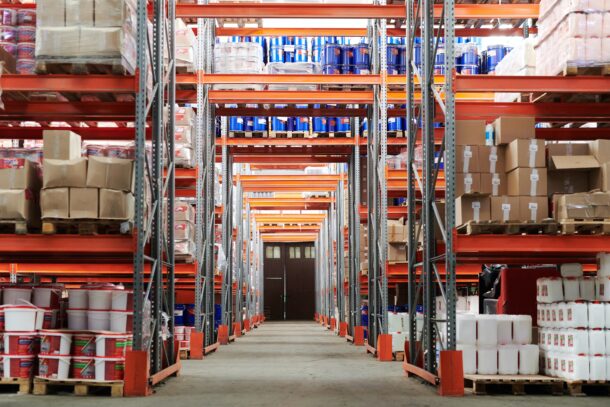The need for capable logistics is hardly unique to the construction industry, but it’s an essential element of everything you plan for and do. The management of supplies, the ability to reach and recce sites, and of course, the delivery and use of large construction equipment all relies on trustworthy, specialist logistics.
Yet it’s true that up-and-coming construction firms can underestimate just how essential this is. Don’t worry, this will be a lesson you either learn gently or brutally, but it will be learned.
Making logistics an essential part of your planning workflow means planning in advance, understanding the potential challenges you have to deal with, and as much as you can, holding these measures under your own control.
In this post, then, we’ll discuss a few methods for achieving exactly that. But while this can sound like an intensive discipline, it’s also important to discuss how to make life easier for yourself through a few preventative and planning measures designed to offset issues before they start.
After all, you’re already committing your full effort to the matter of your construction; so it’s unlikely you have much time to mess around with unfulfilled or problematic logistics. Let’s consider that below:

Finding Appropriate Contracts For The Delivery Of Materials
Not all supplies and materials will have specific delivery stipulations, to this point you may need to organize your own logistics. This is where a worthwhile load board can be utilized, allowing you to ship freight across a country and on-top, at the most reasonable level. As drivers bid on contracts you can gain a worthwhile deal, and having this either as your primary method or on the back burner as you plan for specific deliveries, especially for large planning projects, can be nothing if not a worthwhile use of your firm.
Recce A Site & Provide Access
Accessing a site may be easier said than done. Curating a large rural building on a relatively rustic premises can be difficult, as no paved roads, hills, and the need for accessing the area with larger equipment can be troublesome. But it may also be tough to access inner-city sites during the flow of traffic each morning, and that in itself can be a real problem. Taking some time to recce the site and to provide access will be nothing if not worthwhile, be that the need to negotiate open gates at a certain time, parking room, loading areas for materials, and of course measures like pre-formatted gripped texture flooring to drive on will all make a profound difference going forward.
Storage Capabilities
The last thing you need is to realize that a great deal of your stored timber or insulation has been rained on and thus rendered inoperable, or that other storage requirements have been missed. As such, negotiating space in storage space, measuring the dimensions of palettes, ensuring that items are tagged and tracked if valuable enough, and using materials like tarp for outside storage can be worthwhile. When this is taken care of in advance, you have that quiet peace of mind allowing you to execute your construction plans.
With this advice, you’re sure to allow your logistics to support, not override, your planning necessities.




Join the conversation: